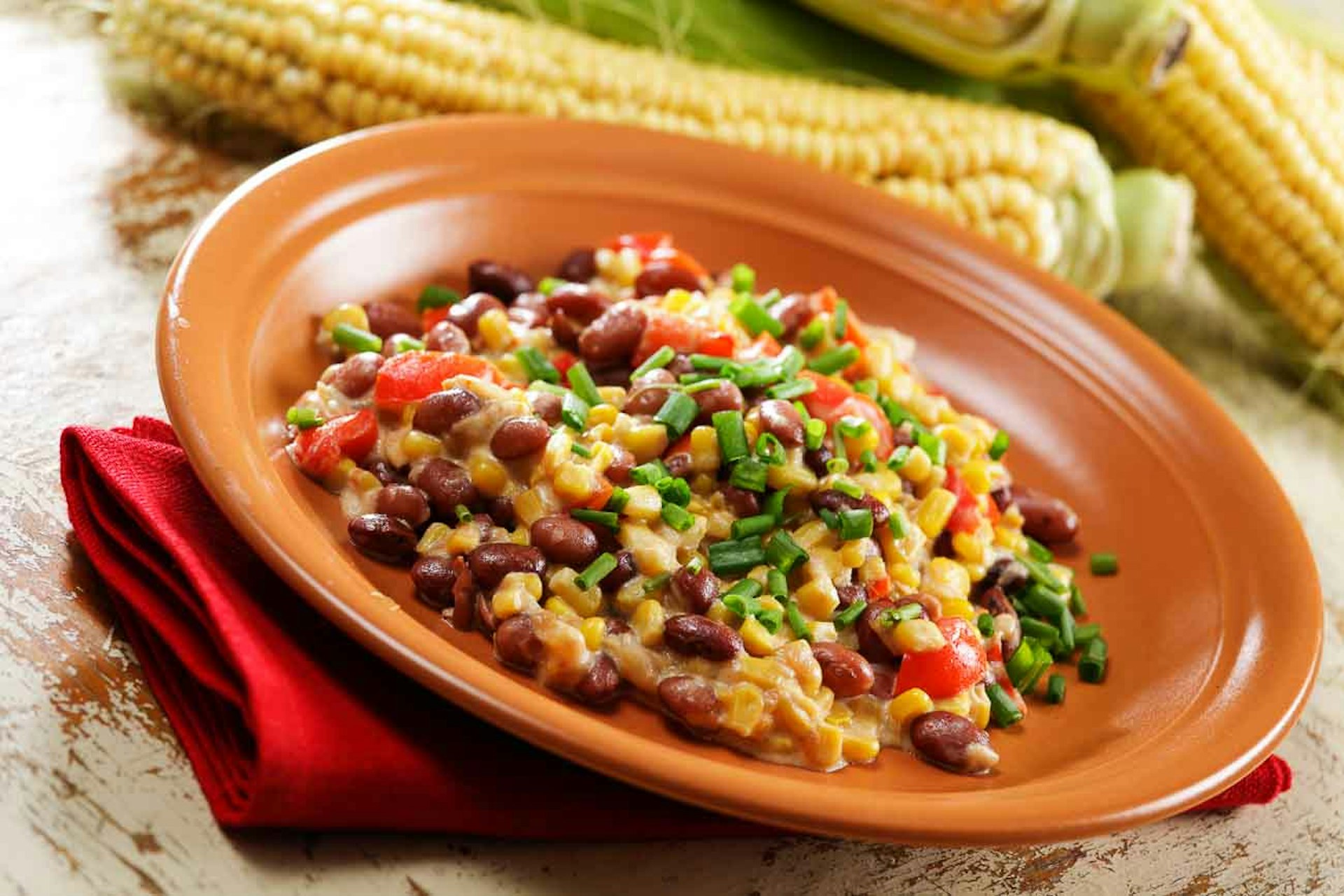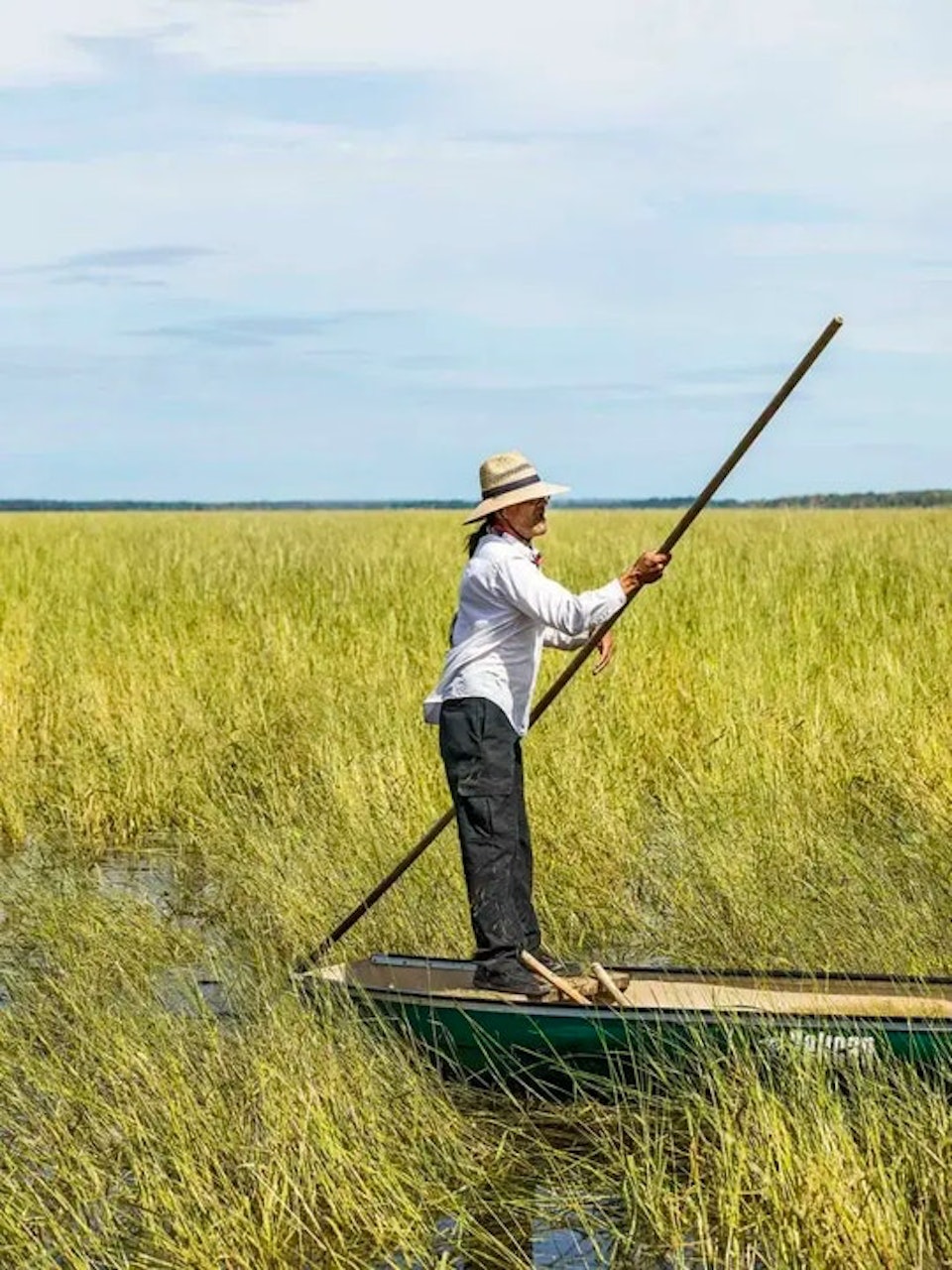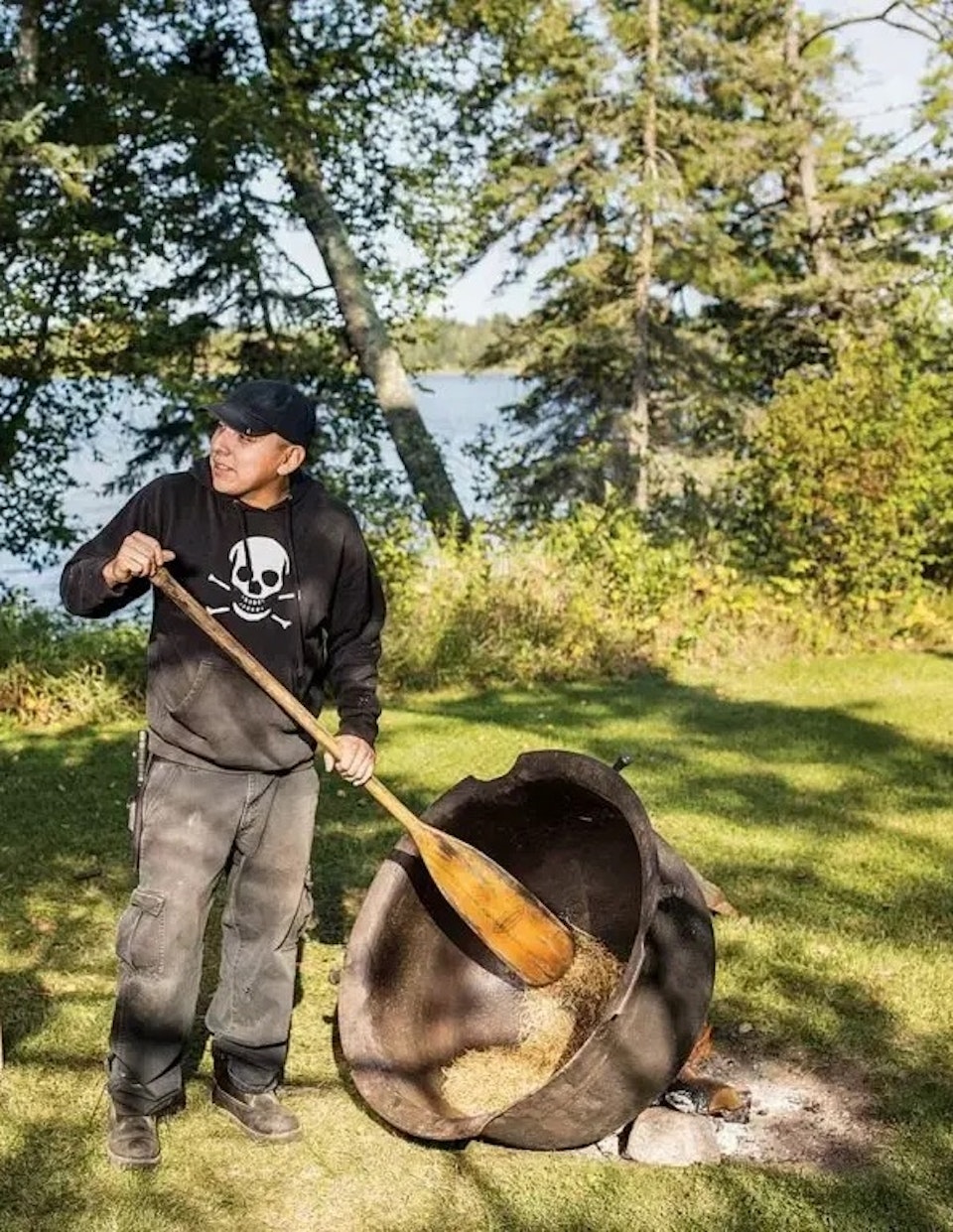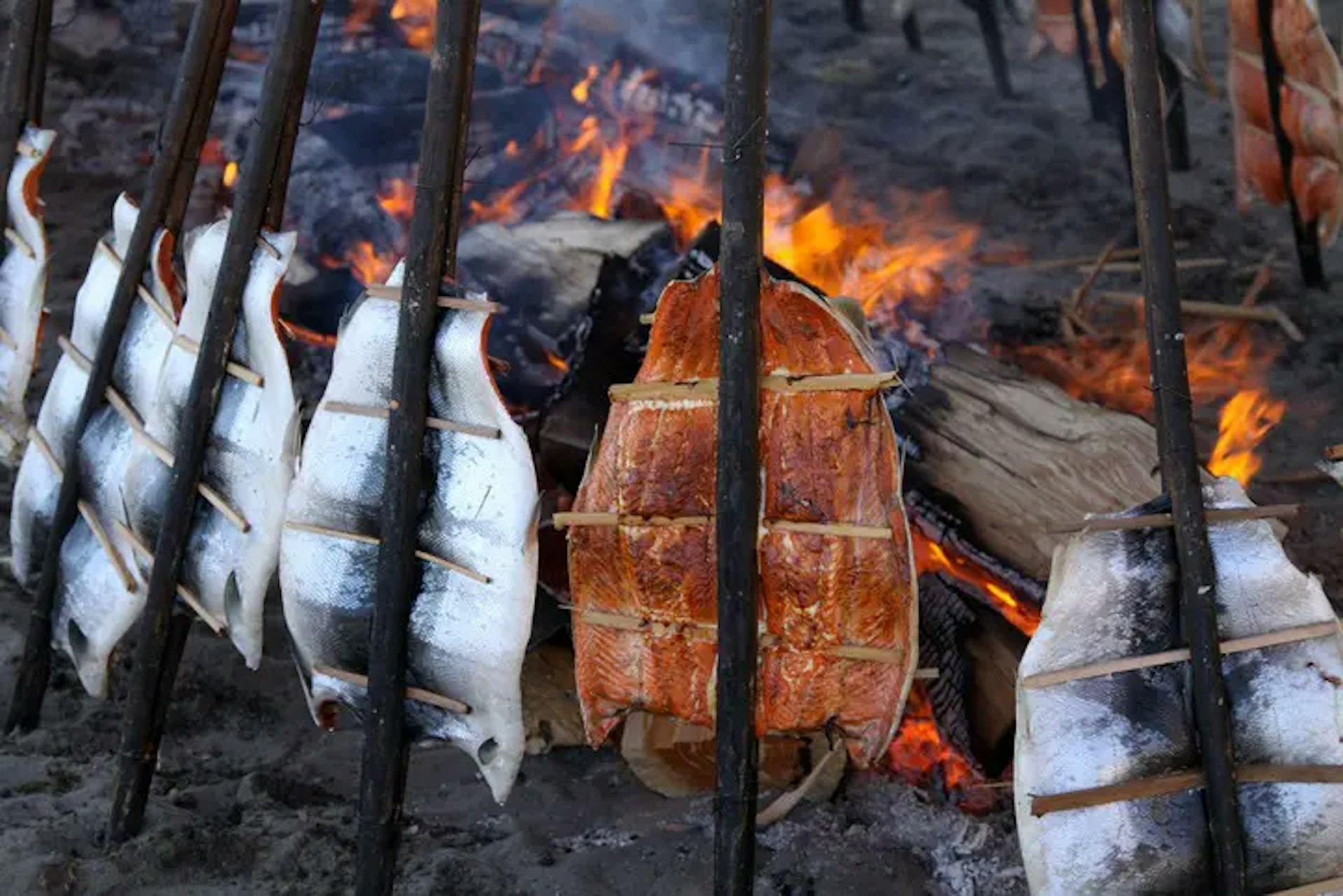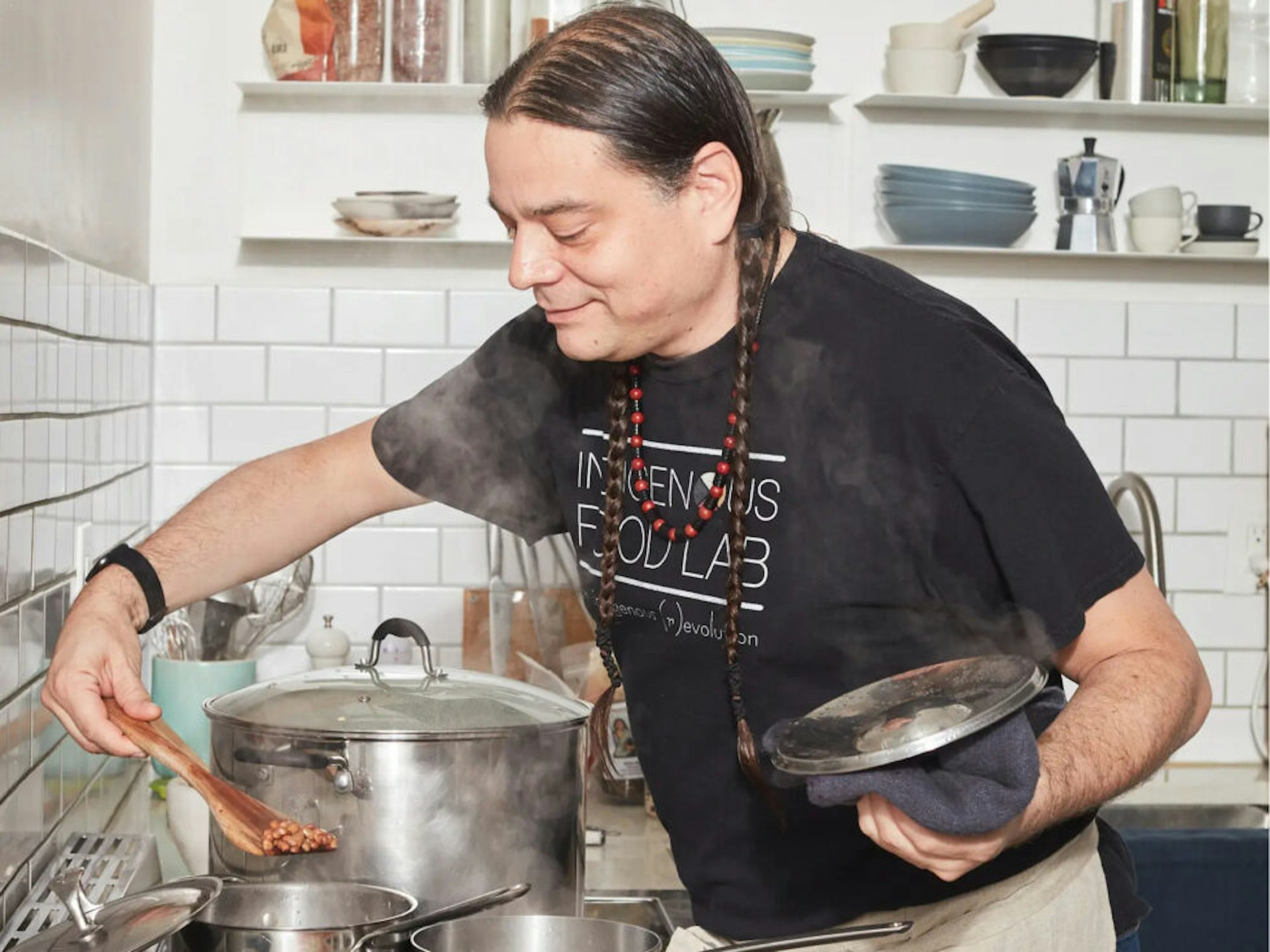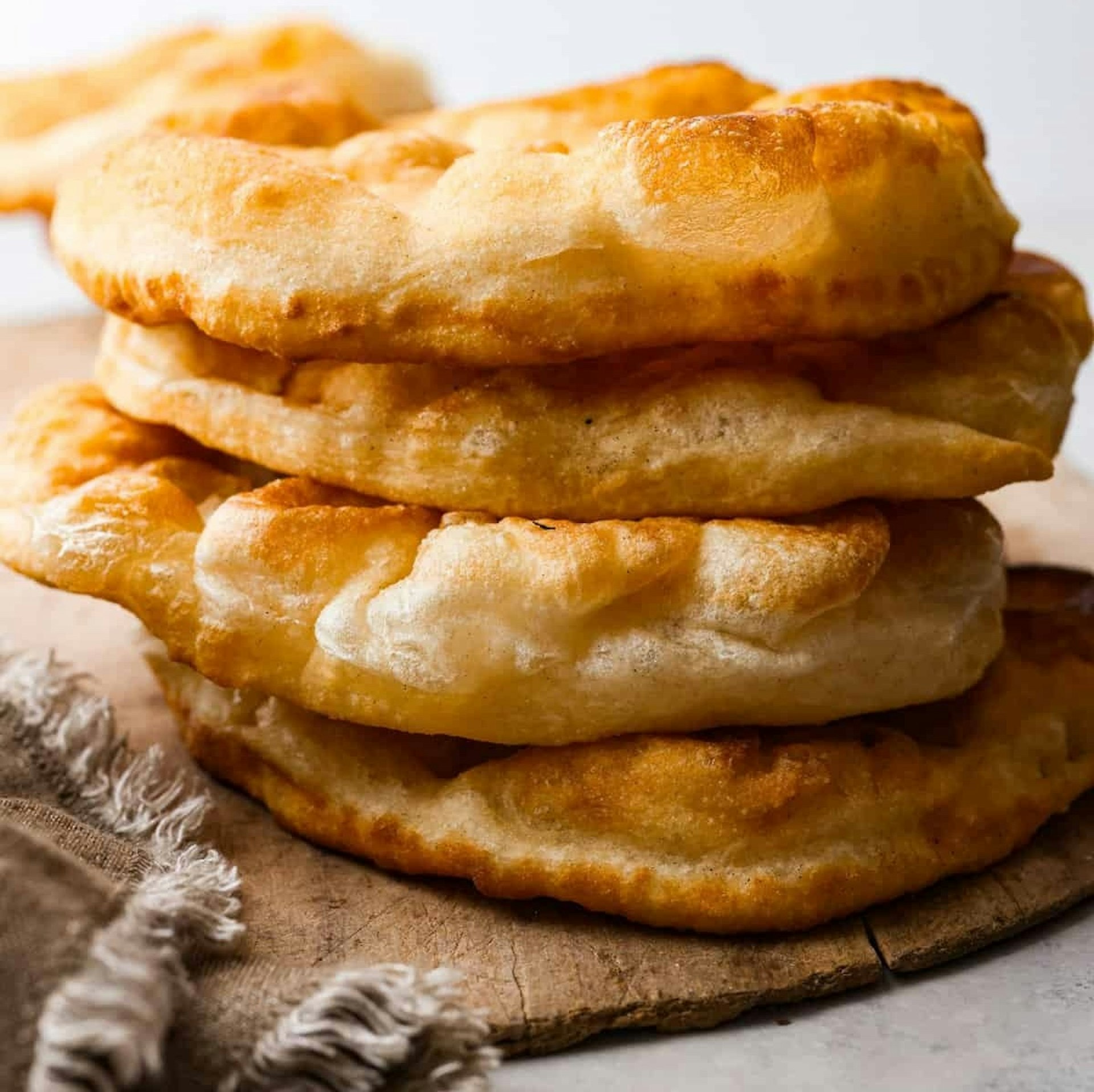March 25, 2024
A Roadmap of Indigenous North American Cuisine
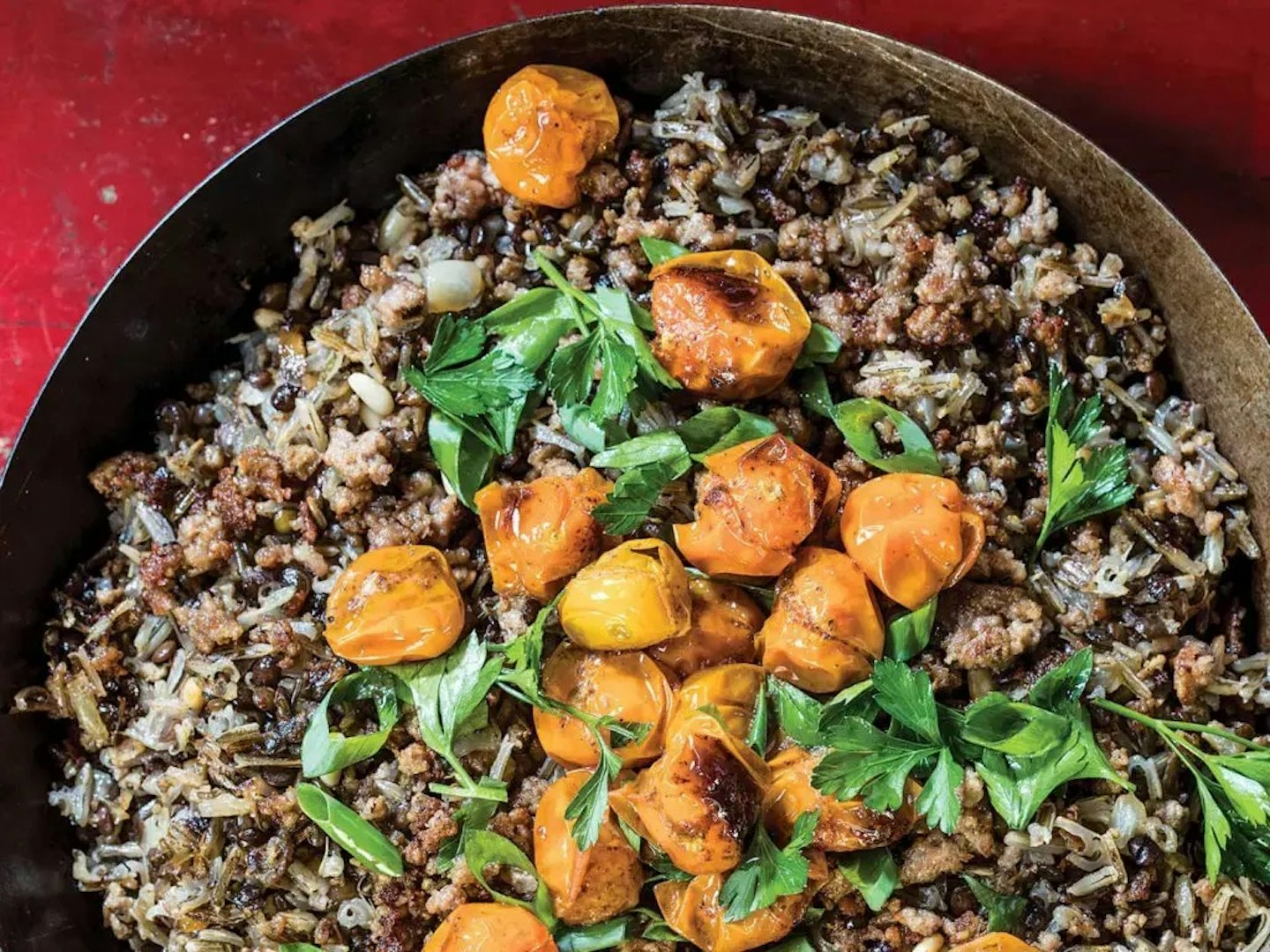
When we talk about American cuisine, images of hamburgers, apple pies, or mac and cheese might come to mind. But these are relatively modern inventions.
For thousands of years, indigenous communities across the continent have cultivated a rich and varied culinary heritage. From the succulent flavors of the Southwest to nutty wild rice, the only grain native to North America, let’s take a journey through the indigenous cuisines of modern-day USA.
The Cuisine of Eastern Woodlands
Unfortunately, forced westward migrations of Indigenous cultures in the 19th century dwindled the presence of Native people in the Southeast compared to other regions, Still, their culinary influence remains strong.
Across the Eastern Woodlands, corn, beans, and squash prevail. Known as the Three Sisters when planted together, the plants form symbiotic interdependent relationships, allowing for more resilient harvests. Close to the coast, you’ll find the influence of seafood, with dishes featuring fresh fish, shellfish, clams, and aquatic plants.
An example of the Succotash dish. Photo courtesy of Divya Shivaraman.
In the Southeast, dishes like sofkee, a creamy corn-based porridge, and succotash, a hearty stew made with corn, beans, and tomatoes, are the predecessors to many Soul food favorites. Other popular flavors across the East Coast include maple syrup, hickory nuts, cornmeal, pumpkin, peppers, sassafras, potatoes, venison, rabbit, and wild berries such as blackberries and raspberries.
Eating Across the Great Plains
In this region, bison is king. These wild giants once roamed freely across vast grasslands, providing sustenance and inspiration for dishes like pemmican—a nutritious blend of dried meat, fat, and berries that could sustain travelers on long journeys.
But the culinary traditions of the Great Plains extend beyond bison, too. Think of savory stews made with root vegetables, aromatic herbs, and tender cuts of venison or rabbit, slow-cooked over an open fire until they're fall-apart tender. These meals speak to a deep connection to the land and a profound respect for the animals that provide sustenance.
Photos of wild rice harvesting, which is dried over fire, courtesy of Saveur.
Other important flavors include blueberries, cranberries, cherries, and some starches similar to more eastern regions, such as potatoes, squash, and dried meats, including venison. Wild rice harvested on canoes is an important foundation of the cuisine, especially as you approach the Great Lakes region.
Indigenous Flavors of the Southwest
Picture yourself wandering through the arid landscapes of the Southwest, where the cuisine is as vibrant as the desert blooms after a rainstorm. Across Puebloan cuisines, the Three Sisters are the cornerstone.
Dishes have many similarities to modern-day Mexican and New Mexican cuisines, with popular ingredients including maize, beans, squash, pinyon pine nuts, sunflower seeds, freshwater trout, and venison. Traditionally, many foods were cooked in clay pots.
The Dishes of the West Coast and Alaska
Traveling northward to the lush forests and rugged coastlines of the Pacific Northwest, we encounter a bounty of seafood, berries, and game meats that have sustained Indigenous communities for generations. Salmon, in particular, holds a special place in the culinary traditions of tribes like the Haida and Salish in the Pacific Northwest and the Tlingit in federally recognized Alaska.
A typical salmon bake.
One dish you might encounter at a traditional potlatch feast, a gift-giving ceremony practiced by Indigenous peoples of the Pacific Northwest, is smoked salmon slow-cooked over an open flame. The result is a tender, smoky delicacy that practically melts in your mouth. Served alongside a plethora of foods including halibut, seaweed, fresh berries, foraged greens, and smoked or dried meats like deer or duck, the diverse offerings served at a potlatch are a celebration of both nature's bounty and the spirit of community that defines many indigenous cultures.
In modern-day California, acorn flour is a key ingredient, and in modern-day Alaska, tribes such as the Aleuts and Northern Eskimos have historically favored fatty foods such as seal, salmon arctic char, and moose with high nutrient levels to help sustain them through the cold winters. In those times, edible plants are less abundant.
The State of Indigenous North American Cuisine Today
US policies enacted over the past 200 years, such as the Commodity Food Program and the Federal Indian Boarding School Initiative, have separated Indigenous peoples from their traditional cuisines. As a result, many traditional recipes are now in danger of being lost.
Contemporary chefs and activists such as Sean Sherman, founder of the Indigenous Food Lab and The Sioux Chef in Minneapolis, are seeking to promote and reimagine Native cuisines. His article for TIME describes in detail how he processes and celebrates Thanksgiving as an indigenous person, providing an interesting slice of his culinary ethos.
Sean Sherman bringing Indigenous cuisine to life. Credit: Marcus Nilsson for The New York Times. Food Stylist: Maggie Ruggiero. Prop Stylist: Paige Hicks.
Nico Albert Williams is a Cherokee chef and researcher whose work explores the relationship between the Cherokee people and other tribes within the post-removal Cherokee homeland. She researches traditional Cherokee dishes and sources of wild and cultivated ingredients involved in their preparation. Her Tulsa-based nonprofit, Burning Cedar Sovereign Wellness, is an incredible force seeking to reestablish ancestral foodways.
The Importance of Preserving This Culinary Tradition
For millennia, North America’s Indigenous cultures developed multivarious cuisines reflecting the continent’s incredible biodiversity. Modern indigenous cuisines continue to rely on ingredients free from colonial influences, making them suitable for various dietary restrictions. Many indigenous ingredients are naturally gluten-free, dairy-free, and rich in anti-inflammatory properties, offering health benefits beyond mere sustenance.
Many foods associated with modern-day American culture have hidden roots in Indigenous dishes. In fact, most ingredients in a Thanksgiving feast—such as turkey, cranberries, sweet potatoes, and cornbread—are Indigenous.
An example of Navajo fry bread. Photo courtesy of Alyssa Rivers.
Frybread is a modern Indigenous dish first consumed in the mid-19th century, with ingredients provided by the US government after Native people were moved to areas where they could not produce their ancestral foods. While frybread is a relic of colonialism for many, it also represents the spiritual strength of Native peoples.
The rich diversity of indigenous cuisines in North America reflects a deep connection to the land, seasonal rhythms, and cultural heritage. By celebrating and preserving these culinary traditions, we honor the resilience and ingenuity of Indigenous peoples while embracing a more sustainable and holistic approach to food.
Written by Reilly Blum, VAWAA team
Explore all mini-apprenticeships, and be sure to come say hey on Instagram. For more stories, tips, and new artist updates, subscribe here.
